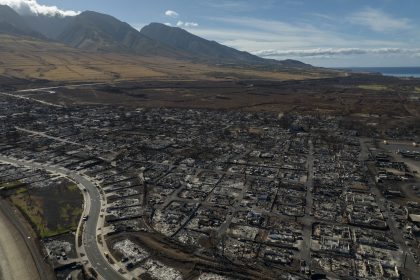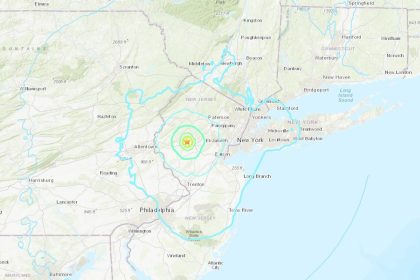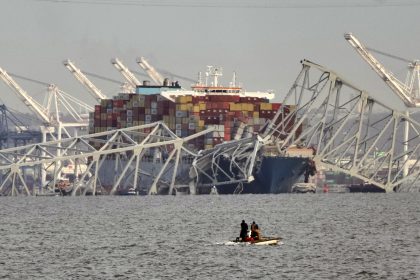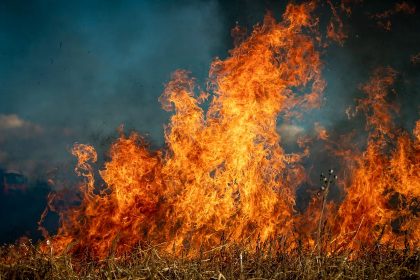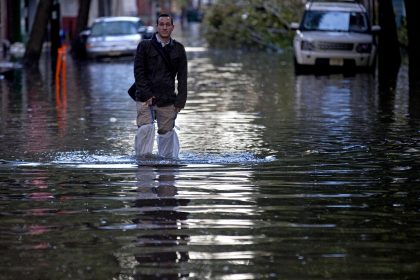Experts Weigh Policy Options For Increasingly Costly Wildfires
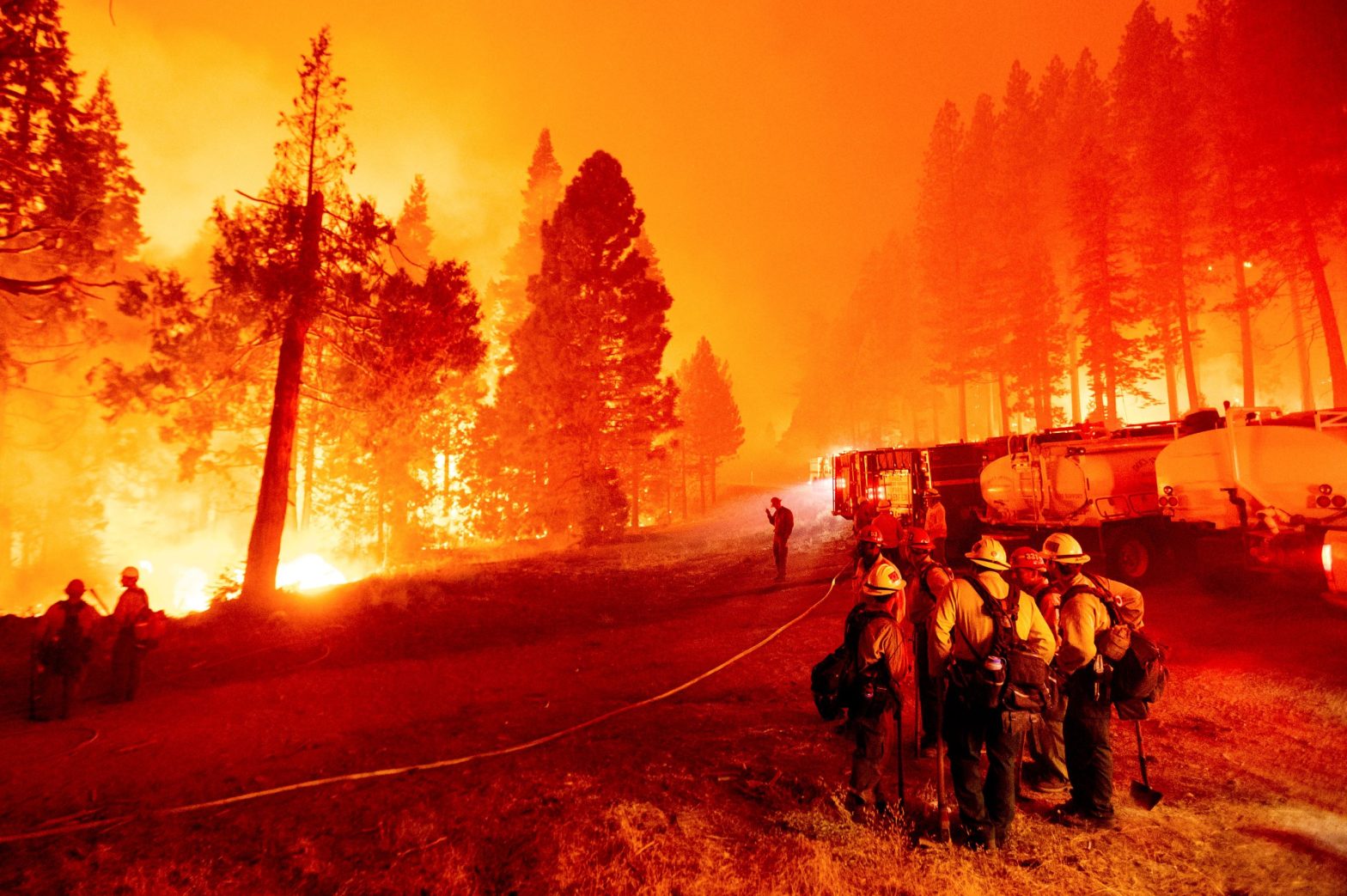
Wildfires are an increasingly big and increasingly costly reality.
The “severity and overall size” of wildfires has expanded considerably in recent decades, according to the U.S. Department of Agriculture. California’s 2018 fire season, in particular, broke several dubious records, including the most acres burned, the most property loss, and the most deadly, materials from the department said.
The National Interagency Fire Center, the Idaho-based national firefighting support center, reports, to date, 41,768 wildfires this year. Almost 5 million acres have burned and 25,846 personnel have been deployed, they say.
The path to living sustainably with fire will vary across the west because fire is diverse in its causes and effects, according to Dr. Philip Higuera, a professor of fire ecology at the University of Montana.
There’s a lot of variability and some of the work that fires do for managers is useful, he later emphasized.
Fires are a natural occurrence, researchers say, but human-ignited fires are proving to be a threat to our homes, health, and wealth.
“Climate change is making conditions more conducive to burning,” Higuera said on Wednesday.
While many factors cause wildfires, humans are the main source of their ignition. Between 1992 and 2012, humans were culpable for igniting about 84% of the fires in the U.S., according to a report published in the PNAS, the official peer-reviewed journal of the U.S. National Academy of Sciences.
Human-ignited fires also lengthened the fire season three-fold, the report said.
Consequently, the authors of the report recommend that policy efforts, if they want to combat the risks of wildfires, ought to focus on limiting the human expansion of fires.
Policymakers have other fire-caused worries as well, including the fiscal impact of bigger, badder wildfires and longer wildfire seasons.
According to information from the Insurance Information Institute, a nonprofit association for the insurance industry, eight of the 10 most expensive wildfires in American history have happened since 2017. Those fires all occurred in California, though other places in the U.S. are threatened by the increasingly severe wildfires.
The institute reports that there have been more wildfires this year already than there were all of last year.
At the community level, wildfires correlate directly to a loss in income. One economic study suggested that every extra day of smoke exposure reduces earnings by about 0.04% over two years for a community.
In California, wildfires have created a big liability problem for public utilities. PG&E, for example, is facing criminal charges for negligence related to a 2020 fire.
In response to the record-busting 2018 fires, California started a $21 billion insurance fund for utilities to pay out to the victims of future fires as part of its solution to this problem.
The Biden administration is also hoping that its bipartisan infrastructure bill will offer some resilience to climate-worsened problems through infrastructure investments.
Some researchers have expressed support for the idea that infrastructure improvements may provide much-needed support to prepare the country for worsening climate conditions. Adie Tomer, a fellow at the Brookings Institution Metropolitan Policy Program, for instance, argued that a $400 million investment could have lessened the destructiveness of the lethal Texas cold snap which killed more than 100 people.
Due to the complexity of wildfires, it is important to “understand that mitigation activities will be different depending on where you are at and what the primary drivers of changing fire activity and wildfires generally are,” Dr. Crystal Kolden, an assistant professor in the Management of Complex Systems Department, School of Engineering, at the University of California, Merced, said.
Those drivers can differ by place, leading experts like Kolden to describe it as a global problem, as well as to emphasize that it isn’t just California.
“The vast majority of the U.S. is actually fire-prone, about 95% of the U.S. is fire-prone under the right conditions, and the vast majority of people who live in some of these most fire-prone areas, at the highest risk, [are] living there because they can’t afford to live in cities, particularly in places like California,” Kolden said.
“Or,” she added, “they are people who are tied to that landscape like the many indigenous tribes that still live on their homelands all over the country.”
Kolden highlights several factors for mitigation, including the flammability of homes, vegetation and forest management, climate, and human preparedness.
Kolden said that they often advocate for creating a “defensible space,” which entails clearing out vegetation that may fuel a fire around homes.
What homes are actually made from—structural materials and design—can also be changed to not be as flammable. California has had building codes that do this, but only since 2006, she said.
Another aspect of this is the vulnerability of people who can’t choose to invest money into fire-resistant efforts.
Landscape activities, Kolden said, can offer protection to a broader community and not just to individual homes.
“Fire is still a natural disaster…it’s a natural process and we humans have made it into a human disaster,” Kolden said, but it’s not about suppression. It’s a disaster situation that we proactively must look at like other natural disasters,” she added.

















